By John Hart
Every subject, including sight-reading, has its grammar, logic, and rhetoric. (These 3 terms are referred to as the “Trivium”, a term often used in classical education.) The “grammar” of a subject is the knowledge base—a pool of facts. The logic stage is where we put those facts together in an orderly way, and the rhetoric phase is where we put it all together and so something meaningful and creative.
In the realm of music sight-reading, students must learn the grammar of music—the names and positions of notes on the keys and the staff, as well as intervals on the keyboard and staff. Without this essential knowledge base, the student carries a handicap when it comes to interpreting music directly from a notated score, much the same way that a new reader carries a reading handicap if they do not learn to decode words through phonics.
So, at some point in the process of learning to sight-read music, every student must memorize the names and locations of the notes that apply to the instrument being studied. For the pianist, this means memorizing the notes in the treble and bass clefs. This is best accomplished through systematic study. In my teaching experience, I’ve noticed that some students memorize their notes faster than others. Mnemonic devices suchas, “Every good boy deserves fudge” and “F-A-C-E” are helpful, but there are some students who use these crutches and never stop using them! That’s why it’s a good idea for parents to drill with students in between lessons using learning tools, such as flash cards, that enable the student to efficiently memorize the specific facts that they still need to internalize. Remember—a note is not really completely memorized until it can be instantly recalled. So here’s my advice to parents: Systematically drill with flash cards until every note can be instantly recalled, as well as its location on the piano. (It’s easy because the answers are on the back of each card.) Have fun!

